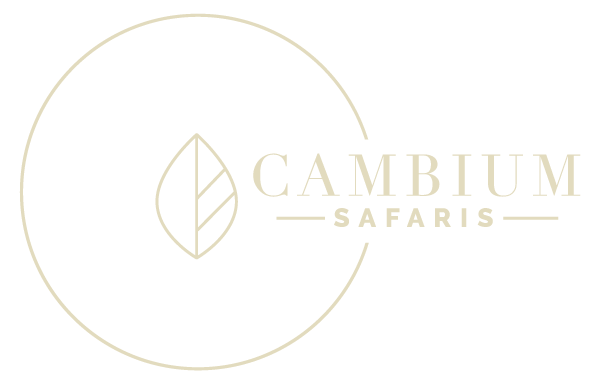Camp Moremi
Moremi Game Reserve
Moremi Game Reserve is a rich and diverse wildlife sanctuary within the Okavango Delta. The reserve is unfenced, and its boundaries are defined naturally by river systems. The vegetation is varied, with dry land complemented by permanent and seasonal swamplands, resulting in an excellent diversity of both wildlife and bird life.
Chief’s Island is the largest expanse of solid ground in the Okavango Delta, approximately 1000 square kilometers, flanked by the Boro and Santantadibe River. It was incorporated into the Moremi Game Reserve in the 1970’s being the former hunting ground of Chief Mowana. It is often referred to as the prime wildlife area in Botswana.
On the edge of the Okavango, this reserve possesses a wide range of ecosystems, ranging from grassland and woodland to pristine waterside. Probably Botswana’s most visited game reserve, it teems with many different species.
Recently designated the 1000th World Heritage Site, the Okavango Delta is one of the world’s largest and most biodiverse inland delta’s in the world. Covering 16,000 square kilometers of Botswana, the delta provides one of Botswana’s main attractions, as well as home to much of its wildlife.
The Okavango Delta floods in opposite rotation to the rainy and dry season, swelling with flood during the dry season, overflowing its channels and spilling onto floodplains covering an area almost double its low season area. The flood creates for months each year a unique watery landscape concentrated with wildlife, yet an isolated destination with its low-impact camps and safari activities.
The dry winter months (June to September) are the peak season for wildlife viewing. The rainy season is ideal for birders (December to April) with a lush green backdrop.
“I can remember very vividly how I stood in a desert and I saw a tonne of water creeping towards me” – Frans Lanting.
Moremi Game Reserve
Moremi Game Reserve is a rich and diverse wildlife sanctuary within the Okavango Delta. The reserve is unfenced, and its boundaries are defined naturally by river systems. The vegetation is varied, with dry land complemented by permanent and seasonal swamplands, resulting in an excellent diversity of both wildlife and bird life.
Chief’s Island is the largest expanse of solid ground in the Okavango Delta, approximately 1000 square kilometers, flanked by the Boro and Santantadibe River. It was incorporated into the Moremi Game Reserve in the 1970’s being the former hunting ground of Chief Mowana. It is often referred to as the prime wildlife area in Botswana.
On the edge of the Okavango, this reserve possesses a wide range of ecosystems, ranging from grassland and woodland to pristine waterside. Probably Botswana’s most visited game reserve, it teems with many different species.
Recently designated the 1000th World Heritage Site, the Okavango Delta is one of the world’s largest and most biodiverse inland delta’s in the world. Covering 16,000 square kilometers of Botswana, the delta provides one of Botswana’s main attractions, as well as home to much of its wildlife.
The Okavango Delta floods in opposite rotation to the rainy and dry season, swelling with flood during the dry season, overflowing its channels and spilling onto floodplains covering an area almost double its low season area. The flood creates for months each year a unique watery landscape concentrated with wildlife, yet an isolated destination with its low-impact camps and safari activities.
The dry winter months (June to September) are the peak season for wildlife viewing. The rainy season is ideal for birders (December to April) with a lush green backdrop.
“I can remember very vividly how I stood in a desert and I saw a tonne of water creeping towards me” – Frans Lanting.

